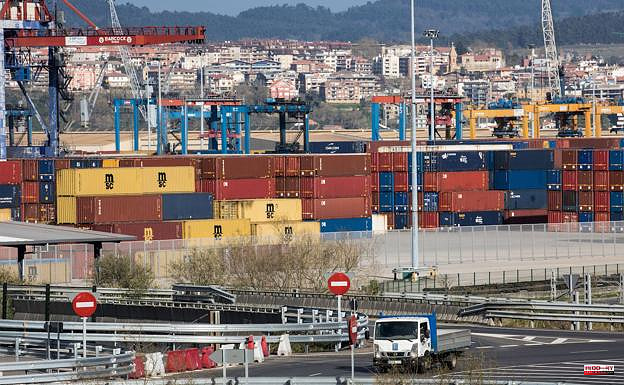The war has led to a commercial situation in Europe never seen before. Eurostat, the statistical office of the EU, revealed that the set of 19 countries that share the euro recorded a trade deficit of 16.4 billion in March, compared to a surplus of 22.5 billion in the same month last year.
In total, exports of goods from the eurozone to the rest of the world amounted to 250.1 billion euros in March, 14% more than in 2021, but imports reached 266.5 billion, 35.4% more due to the greater energy purchase.
This is the largest trade deficit in the eurozone since records began in 1999. This collapse in the trade balance is due to the mismatch between purchases and sales. And it is that the value of imports soared 35.4% compared to March last year, according to data published this Monday by Eurostat, while exports only grew 14%.
And all this due to the spectacular variation in the value of energy imports: the energy trade deficit tripled in the first quarter compared to last year, reaching 128.7 billion euros. The European Union's trade deficit with Russia - its main energy supplier - multiplied by more than four, to reach 45.2 billion euros in the first quarter, compared to 10.8 billion in the same period of 2021.
The trade deficit with Norway, another big energy provider, soared to €16.9bn in the first quarter from €500m in the same period last year. The trade deficit with China, which is Europe's biggest trading partner, nearly doubled to €91.9bn in the January-March period, from €50.3bn a year earlier.
The data reveals that Spain exported goods to the rest of the world worth 92.5 billion euros between January and March, 22% more than in the same period last year. Within the EU, 60% of its sales ended up. Imports amounted to 108.6 billion euros, 37% more than in the first quarter of 2021, highlighting those from outside the EU, which already account for 52% of the total.
7












